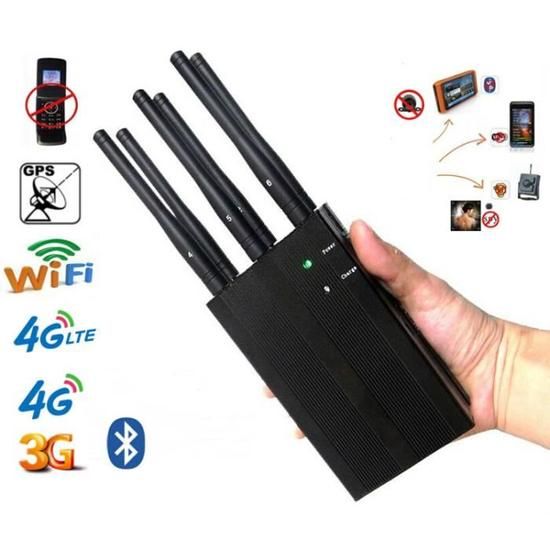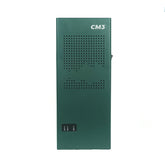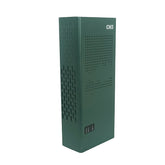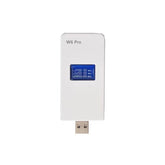What are the classifications of antenna signal jammers?
Wireless antenna signal jammers can be divided into omnidirectional antennas, directional antennas, sector antennas, flat panel antennas and other types. Among them, omnidirectional antennas are suitable for situations where wireless contacts are close to each other and a large number of wireless devices and clients need to be covered. However, most of these devices have small gains and short signal transmission distances. Directional antennas include Yagi directional antennas, angular directional antennas, parabolic directional antennas and other varieties, which are suitable for environments where the wireless contacts are far apart and the wireless access points are concentrated, small in number and fixed in location. This kind of antenna has the characteristics of long signal transmission distance and strong energy gathering ability. Sector antennas can provide multi-angle coverage. If wireless access points are concentrated within the coverage area of the antenna, consider purchasing this type of antenna, which has energy directional and convergence functions. The angle range of flat-panel antennas can be divided into 30 degrees and 15 degrees. The signal coverage range of flat-panel antennas is smaller than that of sector antennas, but its energy gathering ability is stronger and can be used in environments where wireless access points are relatively far away and more concentrated.

Omnidirectional antenna
The so-called omnidirectional antenna signal jammer refers to an antenna that radiates and receives on the horizontal plane with no maximum direction. Since radiation and reception are non-directional, this type of antenna is more convenient to install, and there is no need to consider the antenna installation angle technology at the transmission point. However, an omnidirectional antenna has no maximum direction, and its antenna gain is relatively low, which results in a shorter transmission distance of wireless signals. Therefore, this type of antenna is generally suitable for use in point-to-multipoint communication environments where transmission distance regulations are not too high. For example, such antennas are used on the central wireless AP of peer-to-peer networks and wireless roaming networks. Through the central wireless AP, wireless signals can be evenly transmitted to all corners of the network.
Directional antenna
The directional antenna signal jammer has strong directivity, so the energy is concentrated, the gain is relatively high, the signal transmission distance is relatively long, the anti-interference ability is relatively strong, and it is more suitable for long-distance point-to-point communication. There are advantages and disadvantages. The disadvantage of directional antenna jammer is that its signal coverage is small. Antenna jammer is more difficult to install and adjust. The antennas of the two transmission points must be aligned with each other to ensure signal transmission. Under normal circumstances, if there are only two computers in a wireless network environment that need wireless communication, or the computers need to communicate wirelessly with wireless routers and wireless APs, then directional antennas are the best choice. Because computers at this time use point-to-point wireless transmission, using directional antennas allows users to obtain excellent wireless transmission quality. In addition to the above, when judging or purchasing a certain antenna, you must also understand the operating frequency of the antenna. Antennas with different working frequencies are suitable for use on different wireless devices. For example, antennas working in the 2.4ghz frequency band can be used by those 11mbps or 54mbps wireless products. At the same time, there are differences between indoor and outdoor use of antennas, which also need to be paid attention to in practical applications.













